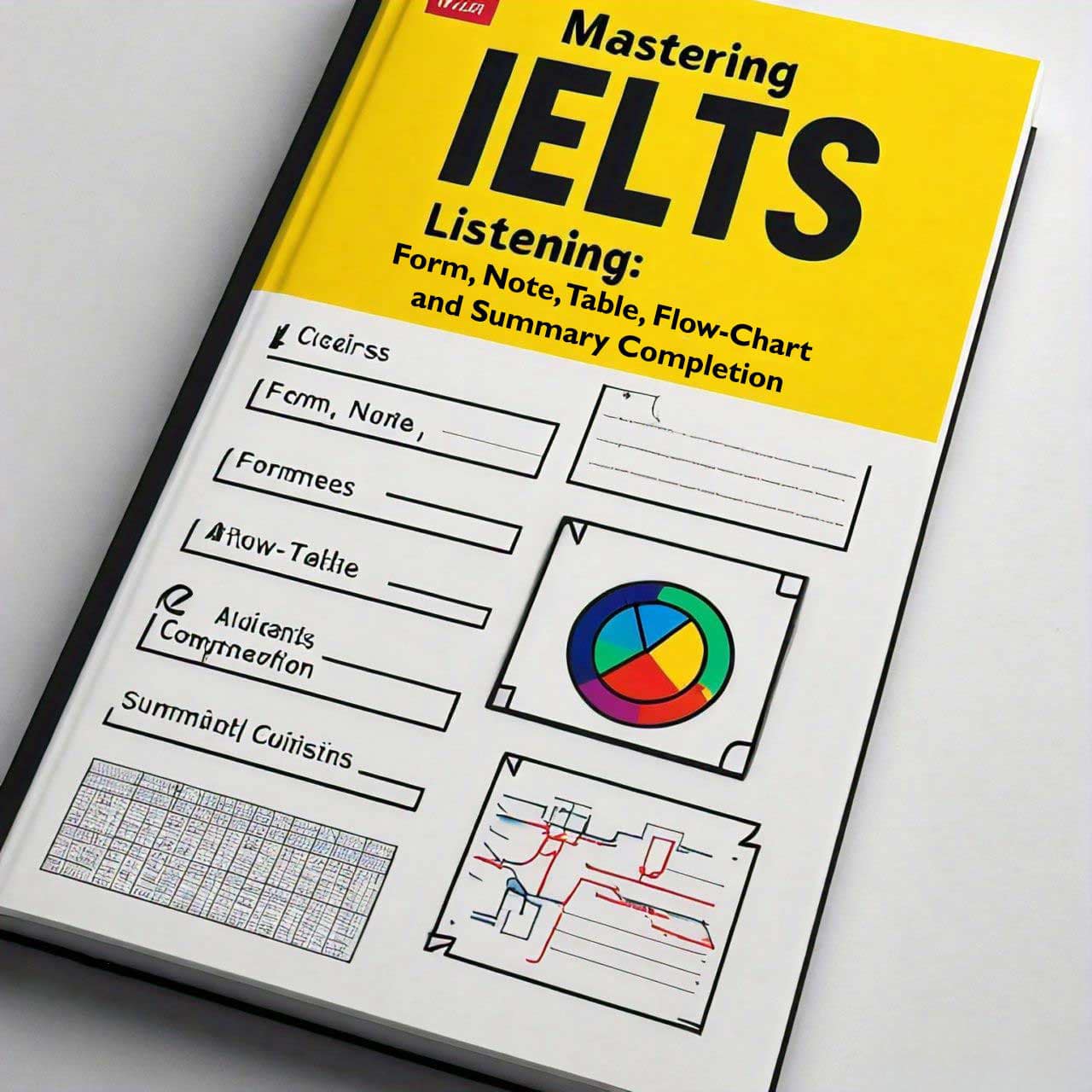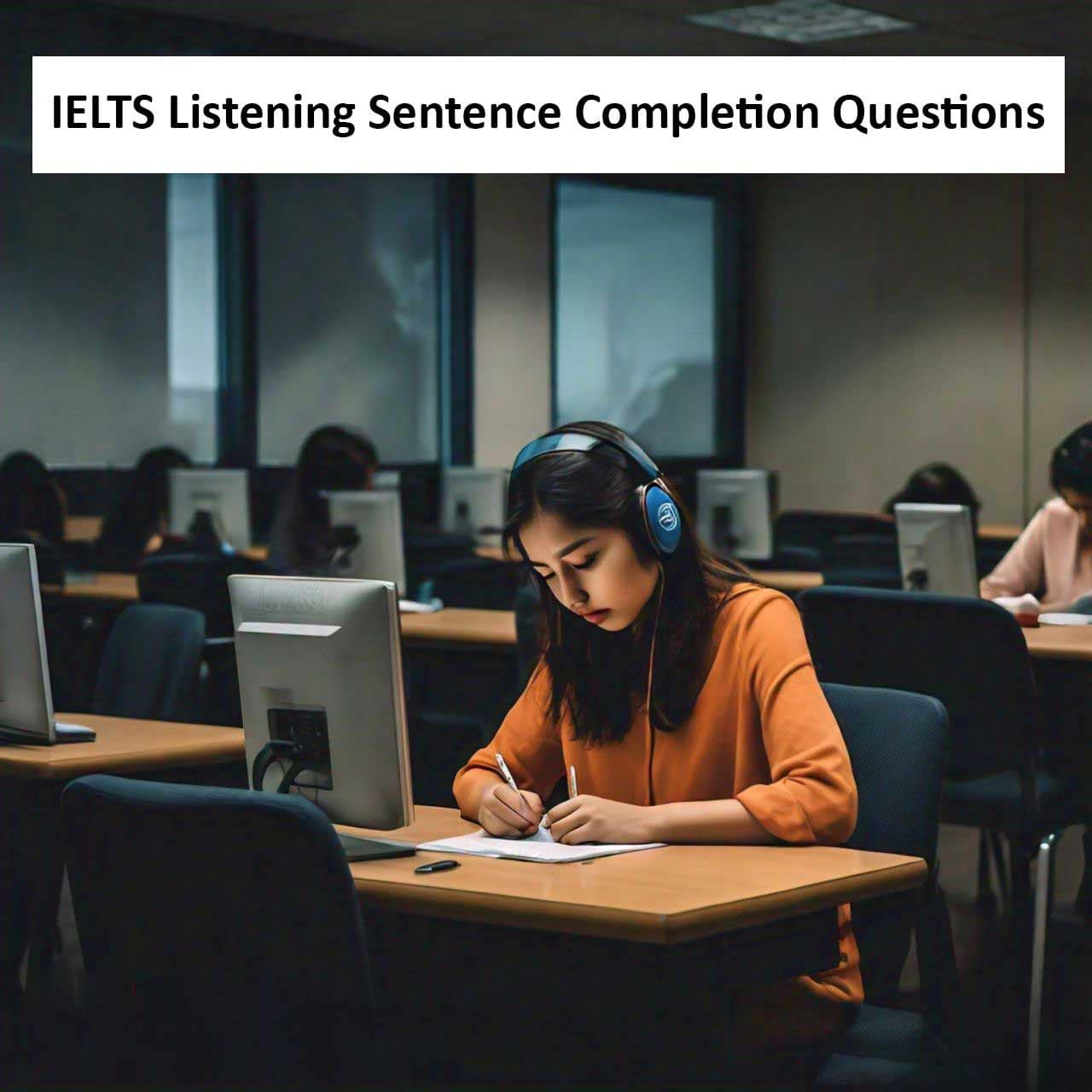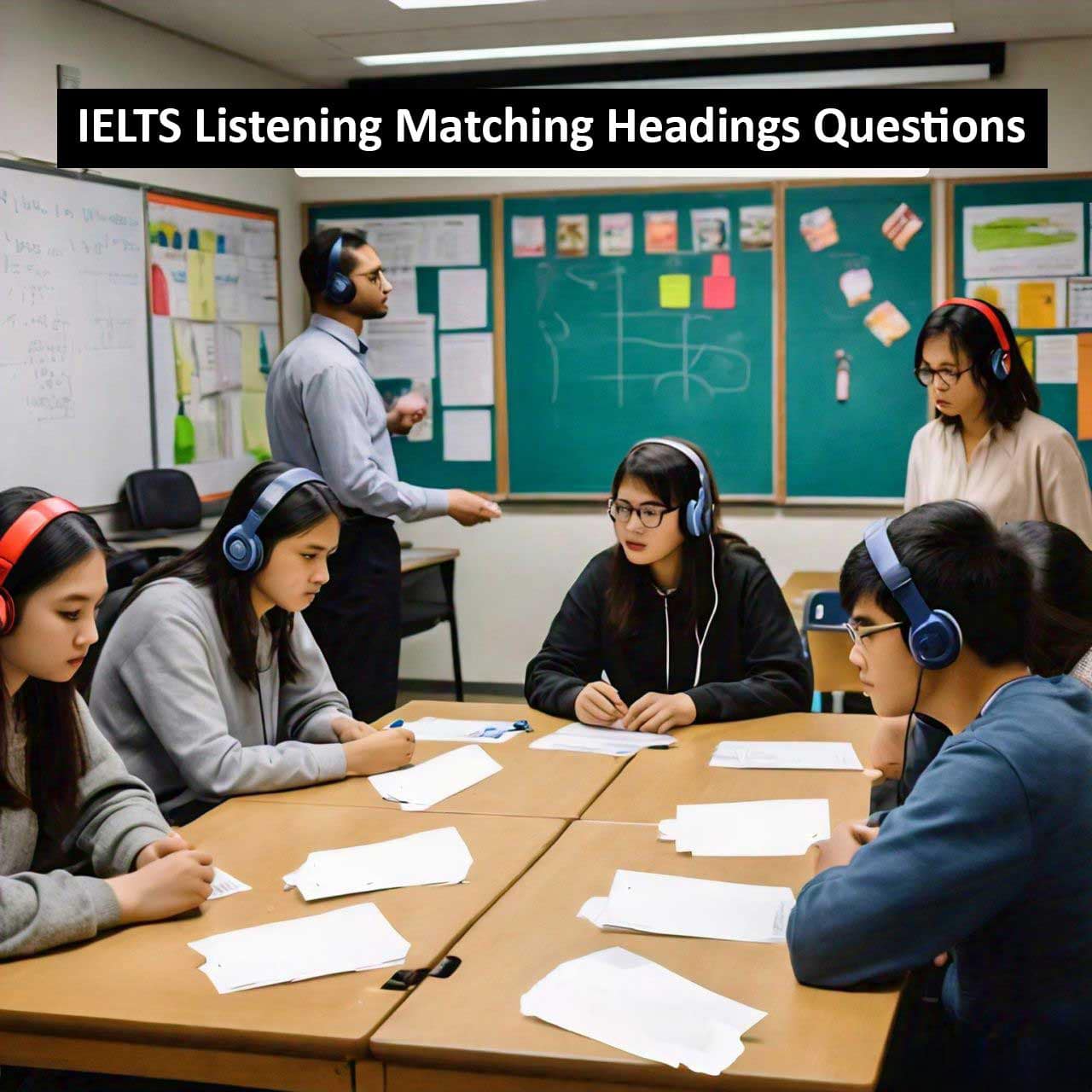The IELTS Listening test is a critical component of the IELTS exam, designed to assess your ability to understand spoken English in various contexts. Among the different types of questions you will encounter, form, note, table, flow-chart, and summary completion tasks can be particularly challenging. This guide will help you understand these question types and provide strategies to tackle them effectively.
Table of Contents
Understanding the IELTS Listening Test
The IELTS Listening test consists of four sections, each with 10 questions, making a total of 40 questions. The test lasts approximately 30 minutes, with an additional 10 minutes provided at the end to transfer your answers to the answer sheet. You will listen to various recordings, including monologues and conversations in different contexts, and answer questions based on what you hear.
Question Types
1. Form Completion
What is it?
Form completion tasks require you to fill in missing information on a form based on the audio recording. The form may be an application, a registration document, or any other type of form.
Tips for Success:
– Read the Instructions: Pay close attention to the word limit for each blank.
– Predict the Answers: Before listening, quickly skim the form to predict the type of information required (e.g., a name, date, or number).
– Listen for Synonyms: The words used in the recording might not be the same as those on the form. Listen for synonyms and paraphrases.
2. Note Completion
What is it?
Note completion tasks involve filling in gaps in a set of notes. These notes could be related to a lecture, a talk, or a briefing.
Tips for Success:
– Understand the Context: Read the notes to get a sense of the overall topic and context.
– Follow the Structure: The notes usually follow the order of the recording, so listen carefully to the sequence of information.
– Focus on Key Words: Pay attention to key words or phrases that indicate the information you need.
3. Table Completion
What is it?
In table completion tasks, you need to fill in missing information in a table format. The table could present data, schedules, or other organized information.
Tips for Success:
– Scan the Table: Look at the headings and categories to understand how the information is organized.
– Identify Keywords: Determine which words are likely to be mentioned in the audio to signal where the answers will be found.
– Stay Organized: Keep track of the information flow to ensure you place answers in the correct part of the table.
4. Flow-Chart Completion
What is it?
Flow-chart completion tasks require you to complete a diagram that shows a process or sequence of events. You’ll need to listen for steps in a process or stages of an activity.
Tips for Success:
– Visualize the Process: Before the recording starts, try to visualize the process described in the flow-chart.
– Listen for Sequence Words: Words like “first,” “then,” “next,” and “finally” can help you track the order of steps.
– Match Steps to Descriptions: Pay close attention to how the steps are described and match them to the corresponding parts of the flow-chart.
5. Summary Completion
What is it?
Summary completion tasks involve filling in gaps in a summary of part of the recording. The summary could be a paragraph or several sentences summarizing the main points.
Tips for Success:
– Identify Main Ideas: Read the summary to grasp the main ideas and context before listening.
– Focus on Missing Information: Listen specifically for the information needed to fill in the blanks.
– Use Context Clues: Use the surrounding text in the summary to help predict the type of word or information that fits.
General Strategies for IELTS Listening
– Practice Active Listening: Regularly listen to English audio resources like podcasts, news reports, and lectures to improve your listening skills.
– Take Notes: Practice taking concise notes while listening to audio recordings. This will help you capture key information quickly.
– Time Management: During the test, manage your time efficiently. Move on if you miss an answer and come back to it later if time permits.
– Familiarize with Accents: The IELTS Listening test includes various English accents (British, American, Australian, etc.). Exposure to different accents will make you more adaptable during the test.
– Practice with Sample Tests: Use official IELTS practice materials to familiarize yourself with the test format and question types.
Conclusion
Mastering form, note, table, flow-chart, and summary completion tasks in the IELTS Listening test requires practice and strategic preparation. By understanding the structure of these question types and applying effective listening strategies, you can enhance your performance and boost your overall IELTS score. Remember, consistent practice and active engagement with English audio resources are key to success in the IELTS Listening test. Good luck!



